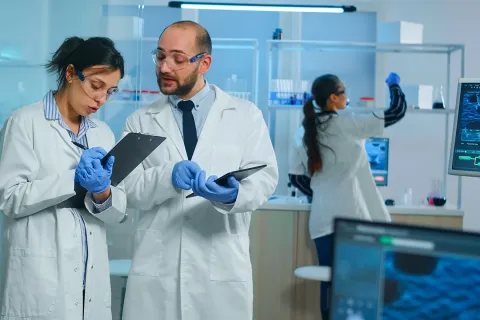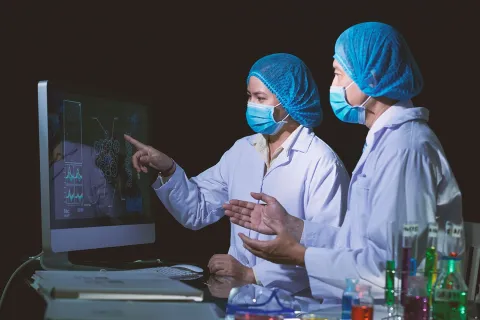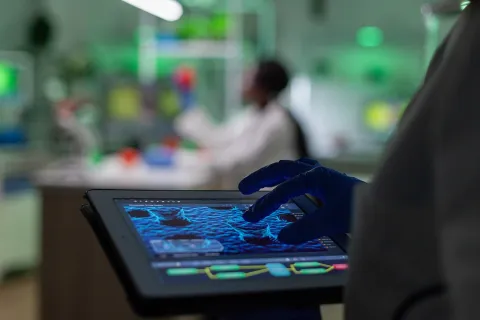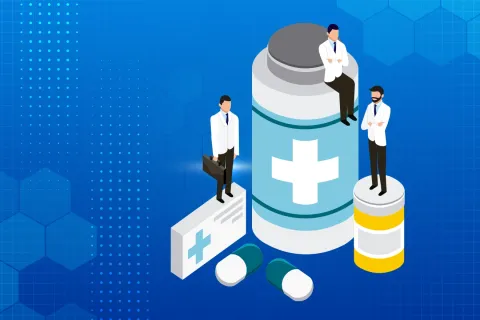In the pharmaceutical industry, ensuring the highest quality standards is paramount to safeguarding patient health and Regulatory compliance. The origins of robust pharmaceutical quality practices can be traced back to numerous historical events, with one of the most significant being the issue of contaminated infusion fluids. This incident highlighted the critical need for stringent quality control measures.
The Infamous Contamination Incident
The 1970s witnessed a series of unfortunate events involving contaminated infusion fluids that led to severe patient outcomes, including infections and fatalities. These incidents were primarily due to bacterial contamination during the manufacturing process, which underscored the vulnerability of sterile pharmaceutical products.
Infusion fluids are administered directly into the blood stream and require absolute sterility to prevent infections. The contamination crises revealed that the existing manufacturing practices and quality control measures were insufficient to ensure this level of sterility. The public outcry and Regulatory scrutiny that followed these events spurred the pharmaceutical industry and Regulatory bodies to reevaluate and significantly enhance quality standards.
The Birth of Rigorous Quality Control
The contaminated infusion fluids incidents marked a turning point in pharmaceutical quality control. Regulatory agencies such as the U.S. Food and Drug Administration (FDA) and the European Medicines Agency (EMA) introduced more stringent regulations and guidelines to ensure the sterility and safety of pharmaceutical products.
Key measures included:
- Good Manufacturing Practices (GMP): The enforcement of GMP became more rigorous, ensuring that products are consistently produced and controlled according to quality standards. GMP covers all aspects of production, from raw materials to finished products.
- Sterility Testing: Enhanced sterility testing protocols were implemented to detect microbial contamination in products. This includes more frequent and thorough testing throughout the manufacturing process.
- Environmental Monitoring: Strict environmental monitoring of manufacturing facilities was introduced to prevent contamination. This includes regular inspections and controls of air quality, surfaces, and equipment.
- Employee Training: Comprehensive training programs for manufacturing personnel were mandated to ensure adherence to quality control procedures and to maintain a sterile environment.
- Quality Assurance Programs: Robust quality assurance programs were developed to oversee the manufacturing process, ensuring that deviations from standard procedures are promptly addressed.
Continuous Improvement and Modern Quality Standards
The contaminated infusion fluids incidents not only catalyzed the establishment of robust quality control measures but also fostered a culture of continuous improvement in the pharmaceutical industry. Today, quality assurance and control are integral components of pharmaceutical manufacturing, ensuring that products are safe and effective.
Modern technologies, such as automated manufacturing processes, advanced sterilization techniques, and real-time monitoring systems, have further enhanced the ability to maintain high-quality standards. Regulatory bodies update guidelines to keep pace with technological advancements and emerging risks.
At Freyr, we understand the importance of maintaining robust pharmaceutical quality standards. With expertise in GMP, sterility testing, environmental monitoring, and more, we are your trusted partner in achieving and maintaining superior quality standards. Contact us today to learn how we can support your quality control needs and safeguard the integrity of your pharmaceutical products.










